With the rise of thrifting in the 21st century, vintage style became increasingly attractive. The popularity of vintage clothing fabricates nostalgia for the times we never lived.
But do we really want to go back to those “simpler and better times” - and what do they represent?
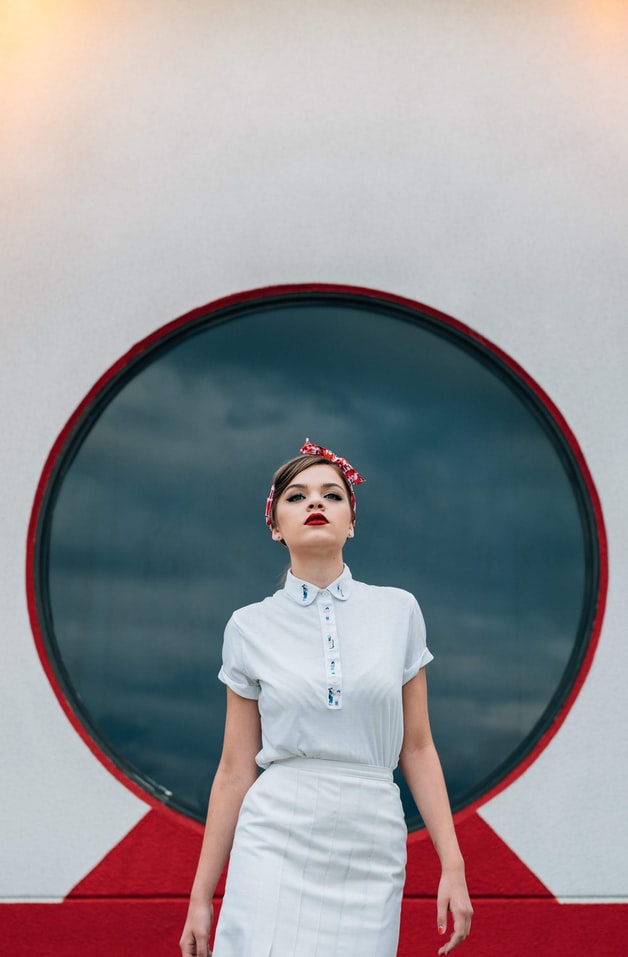
Vintage fashion and Style
Vintage fashion refers to clothing dating from 1920-1980. Clothes originating before that period are usually not wearable and considered antique.
The fashion industry has proven that vintage clothing has that elegant and timeless element to it, which is why old pieces are often an inspiration when creating something new.
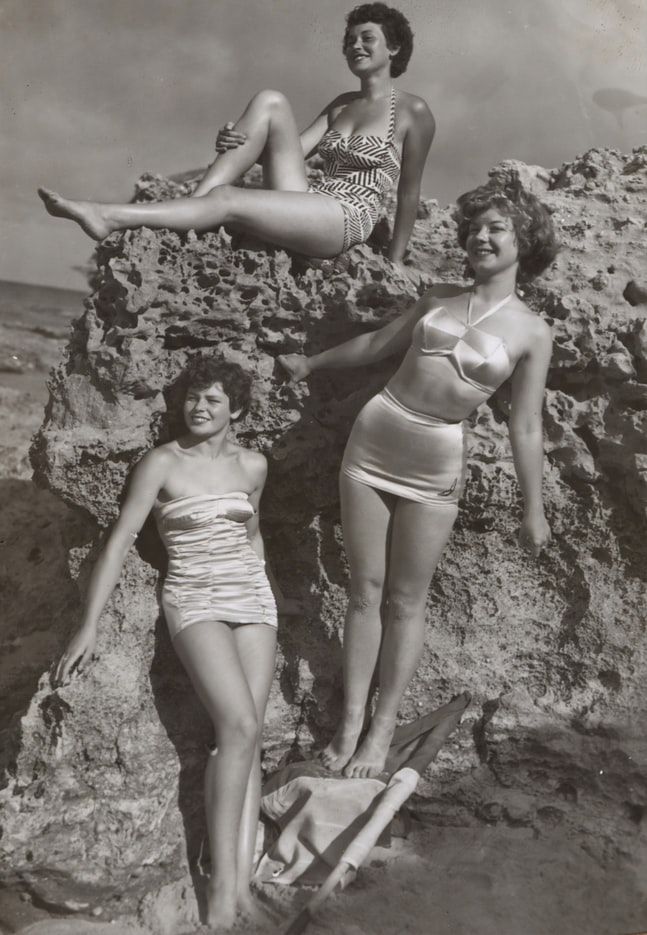
Social media has popularized vintage fashion because it enables platforms to people who dedicate their entire wardrobe to a certain period of vintage fashion.
However, that doesn’t necessarily mean that they want to live in that era. It could mean that they prefer the aesthetic instead.
Better Times for Whom?
Vintage clothing alludes to longing for a time when everything was simpler, easier, and technology-free. Although technology was still developing, it did not yet take over our lives or affect the way we build relationships with one other.
As Margaret Atwood wrote in The Handmaid’s Tale, “Better never means better for everyone.”
Namely, looking back at the vintage period, we cannot ignore that the past was not that great for many people, especially for women, LGBTQ, or people of colour.
The period of vintage fashion tries to emulate a literal warzone and fight for basic human rights. It was the time disadvantaged groups protested to have their voices heard and their issues discussed but also taken seriously.
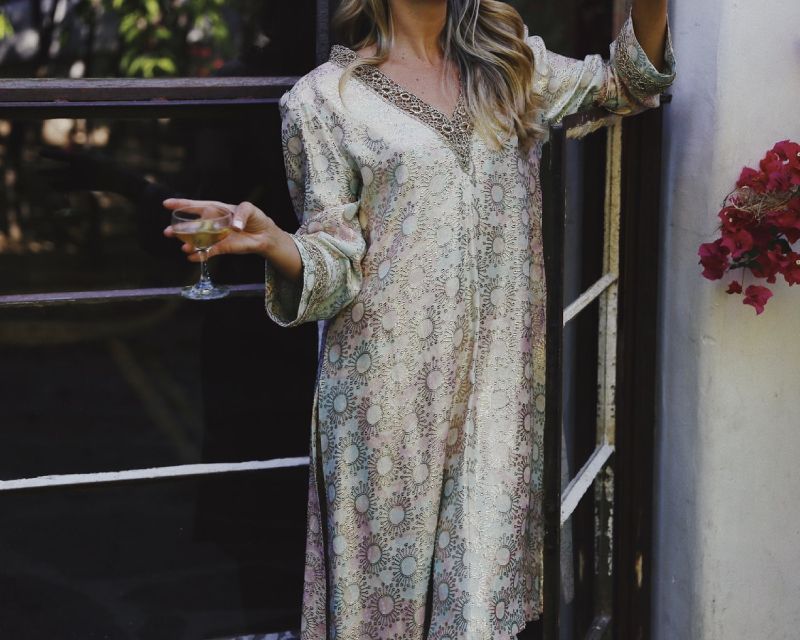
But what about vintage clothing? Was it used to further oppress these groups, or was it merely a fashion style popular at the time?
Blogger Francesca Willow suggests:
“Vintage fashion has always been a staple of identity building and expression; being adopted by subcultures as far back as people protesting mass production in a post Second World War world, and regularly used by groups as varied as beatniks, hippies, punks and those protesting subsequent wars such as Vietnam and Korea”.
Giving Old Clothes A New Meaning
Current social movements and protests indicate that issues of the past centuries and even from the centuries before that still linger.
But can we delete the past and its possible connotations if we still don clothes from that time?
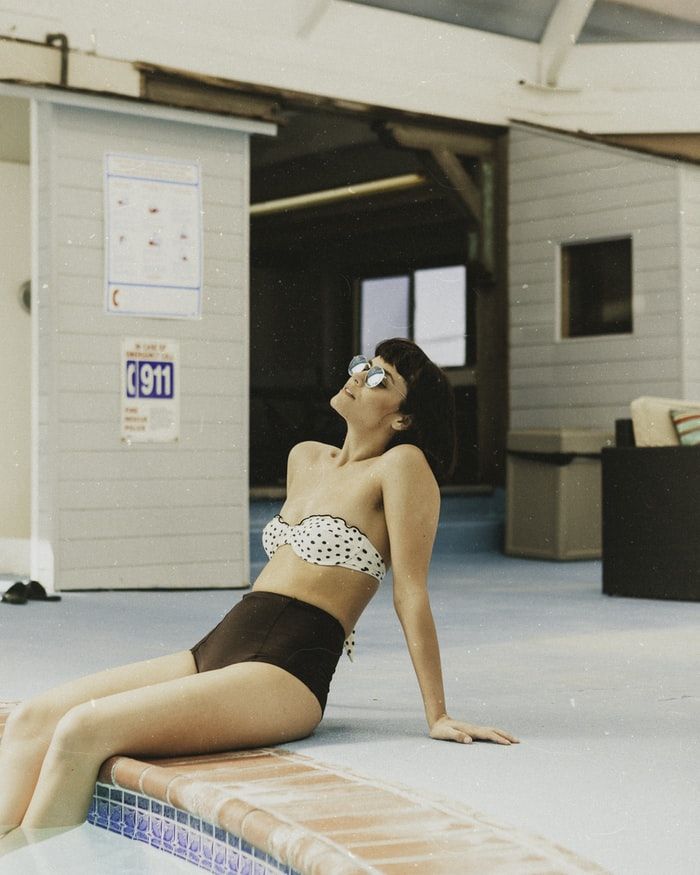
Going back to older styles and putting a modern twist to them is nothing new in the fashion industry.
It’s standard.
Fashion designers have been often inspired by elements that signify older periods. Moreover, they tend to use them in their shows and add a modern twist to older pieces.
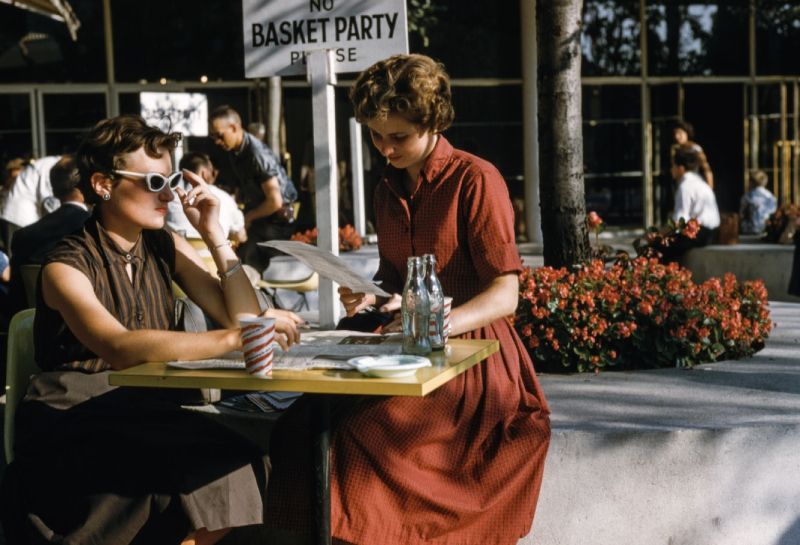
Modern Solution for Fast Fashion?
Vintage pieces are usually much better made, unique, and durable. Could this aesthetic be the one to put an end to fast fashion practices?
Authentic vintage clothing can be found in thrift shops or your mom’s closet.
Therefore, it checks the box on how to live a more eco-friendly and sustainable life. Does that mean that wearing vintage clothing you’re able to reduce waste and support brands that are not fast fashion?
It depends.
Fast fashion companies that imitate vintage styles often produce knockoffs which are definitely not sustainable. So not all vintage clothes are ethically sourced, one of a kind, or will save a whale or two.
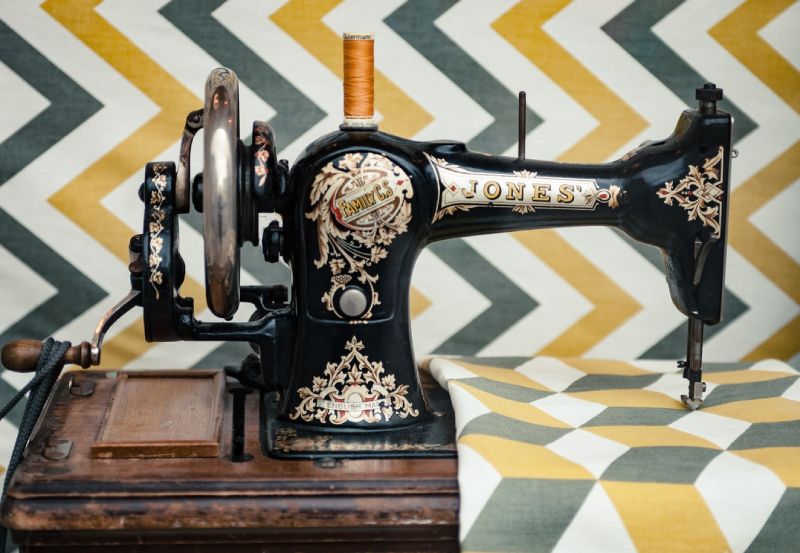
Another issue concerning the rise of second-hand shopping and buying cute clothes off the racks in Goodwill is that some people depend on them.
Second-hand clothes are sometimes the only clothes low-income families can afford. And by the time they come to the thrift store, not many sizes or quality items remain.
Final Word
Just like technology, vintage clothing is not bad, per se.
It’s how we use it that counts.

Moreover, clothes weren’t used as a weapon to degrade oppressed groups in the past. Vintage clothing reflects the style of the past century.
However, it is important to question their origin, especially if they stem from the period that caused so much pain for many people.
